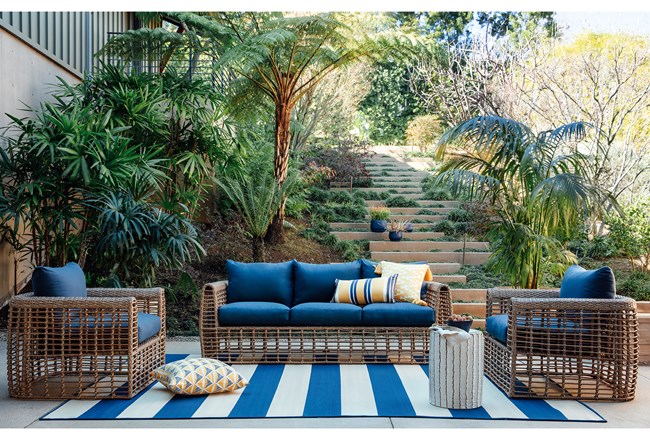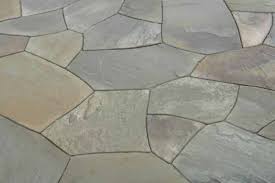
The National Association of Landscape Professionals (NALP) has announced its official list of the top lawn and landscape trends for 2020. Crafted using the expertise of professionals across the country, NALP annually predicts design and maintenance trends that will inspire Americans to create healthy and beautiful green spaces.
“Foundational landscape elements remain on homeowners’ wish lists, but modern updates and technology are now a top priority. With a wave of design and technical innovations, our members report that ornate hardscaping, contemporary features, lush gardens, and smart irrigation are all trending and will influence landscape designs across the country in 2020,” says Britt Wood, CEO, National Association of Landscape Professionals. “This year’s trends showcase how homeowners of all generations desire a striking, custom and well-maintained outdoor space that benefits their community and the environment.”
The Five landscape trends that will define outdoor spaces this year:
Ornate, Geometric Hardscaping:
Professionals are noting an uptick in requests for intricate hardscaping patterns including waves, chevron, lattice, and basket weave to sweep the country. From walkways and patios made out of flagstone or pavers to retaining walls and fire features, homeowners are looking to integrate popular home décor patterns into their hardscape designs.
Contemporary and Transitional Landscape Design:
Boomers, gen Xers and millennials are seeking sleek, contemporary and simple landscape designs. Whether opting for an elegant outdoor kitchen, contemporary sculpture, or modern fire or water feature, professionals are seeing a shift towards simplistic designs. Multi-season functionality is essential as more homeowners are selecting elements that can survive a range of temperatures, such as native plants, heat lamps, and protective structures.
Bountiful Shades of Blue:
Landscape professionals anticipate rich tones of blue to make a striking impact in 2020. With PPG naming Chinese Porcelain, a cobalt and moody blue, and Sherwin-Williams declaring Naval, a strong and calming dark blue, as their respective colors of the year, experts predict these tones will influence the design of outdoor spaces this year. To add touches of the hue, homeowners could consider a blue sculpture or water feature. To incorporate shades of blue into gardens, look to plants such as blue fortune, delphinium, hydrangea, globe thistle or grape hyacinth.
Your Style, Your Garden Design:
Gardens serve as a relaxing escape for many across the country. From creating edible gardens for farm-to-table dining to planting gardens that produce favorite fruits, vegetables or herbs, homeowners are more aware of the options that exist for installing gardens that meet their personal needs. For smaller spaces, consider container gardens, vertical gardens and interiorscaping to create an outdoor garden oasis.
One-click, Remote Irrigation:
Technology continues to be a staple of the lawn and landscape industry. In 2020, homeowner demand will contribute to a rise in high-tech irrigation systems that deliver just the right amount of water to a lawn or landscape, conserving water and saving money in the long run. The latest irrigation systems are controllable from anywhere with Wi-Fi, Bluetooth, and smartphone apps or your Alexa or Google smart speaker to help maximize efficiency.
NALP develops its annual trends report based on member surveys and the expertise of landscape professionals from around the country. Along with industry insight, NALP trends are influenced by popular lifestyle shifts and designs, and reflect Americans’ growing passion for healthy, well-designed green spaces.











